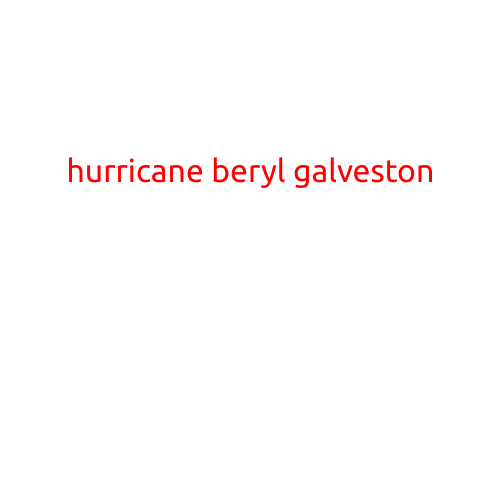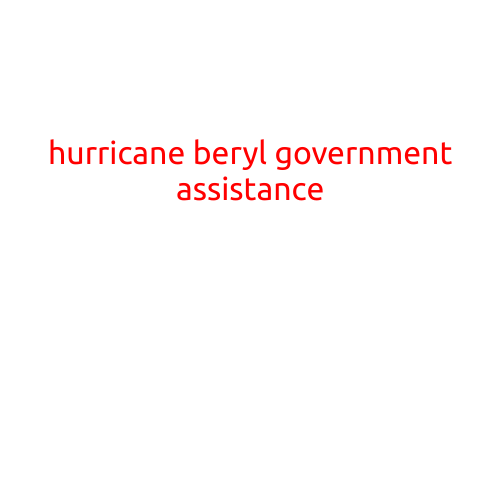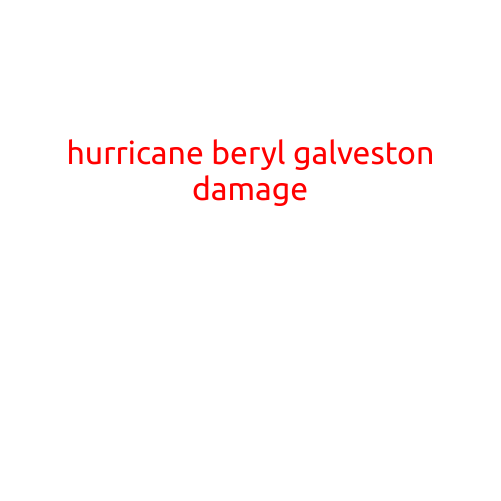
Hurricane Beryl Galveston: A Devastating Storm that Shaped the City’s History
Galveston, Texas, has faced its fair share of natural disasters over the years, but none have been as devastating as Hurricane Beryl, which made landfall on September 1, 1886. The powerful storm left a trail of destruction and devastation in its wake, claiming over 2,000 lives and reshaping the city’s history.
The Storm’s Origins
Hurricane Beryl was born in the Atlantic Ocean, where it strengthened into a Category 4 hurricane with sustained winds of over 140 miles per hour. As it churned westward, the storm began to bear down on the Texas coast, zeroing in on Galveston, which was the state’s largest city at the time.
The Devastation Unfolds
On the morning of September 1, 1886, Hurricane Beryl made landfall on Galveston’s west end, bringing with it torrential rains, powerful winds, and a massive storm surge. The city’s residents were caught off guard, with many failing to evacuate in time.
The storm tore through the city, destroying homes, businesses, and infrastructure. The once-thriving commercial center was reduced to rubble, with buildings reduced to mere foundations. The city’s famous Strand District, known for its bustling streets and waterfront homes, was particularly hard hit.
The Death Toll
The true extent of the devastation became apparent as the storm began to subside. Estimates put the death toll at over 2,000 people, with many more injured or left homeless. The storm also left thousands of people stranded, with many forced to seek shelter in abandoned buildings or outdoors.
The Aftermath
In the years that followed, Galveston struggled to recover from the disaster. The city’s once-thriving economy was severely impacted, and many residents left in search of better opportunities elsewhere.
In response to the disaster, the city’s leaders began to implement new measures to protect the city from future hurricanes. This included the construction of the Galveston Seawall, a 10-mile-long barrier designed to protect the city from storm surges.
Legacy of Hurricane Beryl
Hurricane Beryl may have left its mark on Galveston, but it also served as a catalyst for change. The storm prompted the city to rebuild and adapt, with a focus on resilience and preparedness.
Today, Galveston is a thriving city that continues to face the challenges of coastal living. While hurricanes are still a threat, the city’s residents remain vigilant, knowing that the lessons of Hurricane Beryl will help them prepare for whatever the future may bring.
Conclusion
Hurricane Beryl was a devastating storm that left its mark on Galveston, Texas. The storm’s legacy is one of destruction and loss, but also of resilience and determination. As we look back on this pivotal moment in the city’s history, we are reminded of the importance of preparedness and adaptability in the face of natural disasters.





